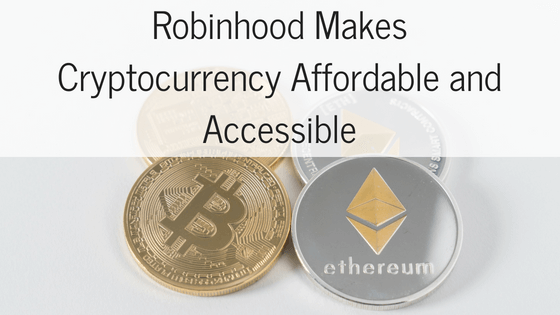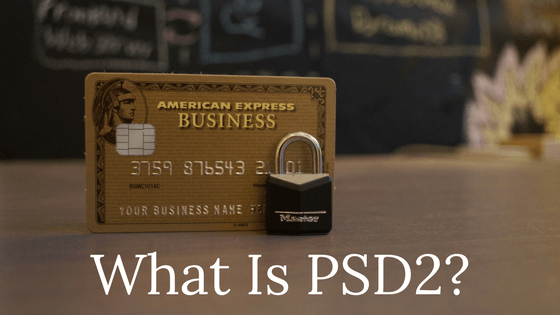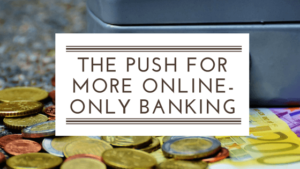Cryptocurrency is rapidly becoming one of the most popular investments, especially among young people. Dedicated investment platforms that focus on the currencies, such as Robinhood Crypto, are starting to come into use. More than a million people signed up for the platform’s early access program, largely due to the way that it makes trading easy and affordable for the average investor.
Zero-Fee Trading
Zero-fee trading is the primary reason for Robinhood’s popularity. Most trading platforms charge fees of at least 1.5% for trades and fees that reach up to 4$ are fairly common. That isn’t a huge problem for experienced investors, but it does prevent new or casual investors from taking part in the system by eliminating a large portion of their profits.
Robinhood is popular with that segment of the market because it does not charge any fees. That reduces the profit margin that the traders need to attain to justify their risks, which makes it easier for novices to come out ahead. Robinhood funds its platform by collecting interest on money that is deposited into investor accounts, just like the way that a bank makes money on deposits.
Ease of Trading
Part of Robinhood’s popularity also comes from the tools that it offers to make trading easier. Most of these tools were already in use for stock traders but had not become available to people who invested in cryptocurrency.
The platform allows a rapid transfer of up to $1000 from a bank account to the investment account, with the usual ACH transfer being necessary for larger sums. That money can be used to purchase cryptocurrencies at any time, and some transactions will even be automated through the system. Stock trading is also integrated into the platform for the convenience of investors.
Security
Security is the final factor that is causing people to use the Robinhood platform. The platform helps to address security concerns by using a mixture of both hot and cold storage systems for the cryptocurrency, which provides a layer of protection from hackers. Regular reviews of the system’s code and careful management of the company’s personnel will also help to prevent the loss of data that could expose investments to theft. Taken together, these policies provide an adequate level of protection for investors.









